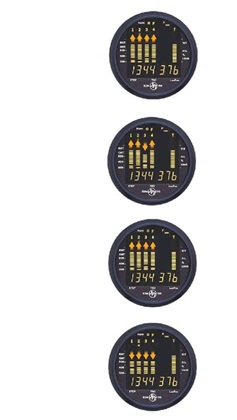In-flight mag check
A more demanding test

That pre-takeoff ritual can expose issues with the equipment, reveal the presence of lead deposits on the spark plugs, or even find a missing P-lead that could create an unsafe situation with ground handling. But have you performed this check in the air?
AOPA contributor and maintenance expert Mike Busch advocates for in-flight magneto checks because doing so can reveal problems earlier than the less demanding ground test. The process is largely the same. FT
- Perform the test at a normal cruise power setting and after properly leaning the mixture.
- As on the ground, turn off one magneto by switching to Left or Right on the ignition.
- Busch says that engine roughness isn’t the best indicator. Instead, check for rising exhaust gas temperatures. Ideally the airplane has an engine monitor and you can see each cylinder individually. If all are rising and are stable, you’re good. If one is dropping or unsteady you know where to direct your mechanic’s wrench.
- After switching back to Both, repeat the process on the other magneto.
Diagnosing problems
EGT tells all
 Telling your mechanic that you had engine roughness on a magneto check is like telling your doctor that your back hurts. It gets him to the neighborhood, but without any specific information to help. Being able to describe what happens to the exhaust gas temperature is more like having an MRI that gives precise data. Here are a few possible outcomes of the test:
Telling your mechanic that you had engine roughness on a magneto check is like telling your doctor that your back hurts. It gets him to the neighborhood, but without any specific information to help. Being able to describe what happens to the exhaust gas temperature is more like having an MRI that gives precise data. Here are a few possible outcomes of the test:
- All EGTs rise and the rpm drop is within limits—The ignition system is working properly.
- One cylinder falls and the rest rise—Likely you have some spark plug deposits that affect only one cylinder.
- All cylinders rise but there’s roughness—Check for retarded ignition timing.
- EGTs are low but cylinder head temperatures are high—Check for advanced ignition timing.



